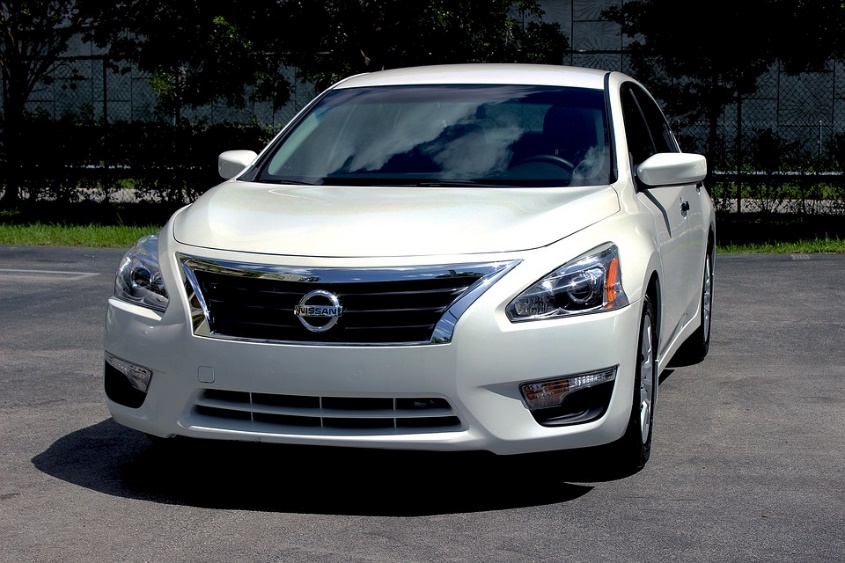Chapter 3: Gross Earnings
3.5 Earnings, Allowances, Expense Reimbursements, and Benefits
Payroll should differentiate between earnings, allowances, expense reimbursements, and benefits because they are all treated differently. Each one is described below.
3.5.1 Earnings
Earnings are the total sum an employer pays their employee for work done. They include salary, rate per piece of goods produced or picked, payment for overtime hours, vacation payments, or a premium payment for hours worked on shift. In most cases, employers choose the amount to pay their employees and how to calculate the amount to be paid to different employees. These earnings are also taxable, insurable, and pensionable, so they are all subject to deductions.
3.5.2 Allowances
Allowances are extra payments that employees receive from their employer in anticipation of employees taking on employment-related expenses. The amount of the allowance is predetermined and may not match the exact amount spent by the employee. For example, an employer might provide a $200 annual payment for safety equipment, but the actual cost to the employee of the safety equipment may be more or less than $200. The employee does not have to provide the employer with receipts.
Allowances can be for a particular purpose. Employers can provide allowances to their employees to cover any additional living expenses they incur because of their employment, as well as travel allowances and/or meal allowances.
If the amount of the allowance is reasonable (according to the CRA and the stipulations of the Income Tax Act), an allowance is not taxable and is not part of employment income. There are exceptions to this principle; for example, if an allowance is for tools that would ordinarily be provided by the employer, the allowance may be taxable.
Taxable allowances are included in income and are subject to statutory deductions. Most allowances are not taxable and are therefore not included in income or subject to deductions.
Read more about allowances here: Employers’ Guide: Taxable Benefits and Allowances
3.5.3 Expense Reimbursements
Expense reimbursements are similar to allowances. They are payments given to an employee to cover expenditures they incurred when undertaking their work responsibilities; they repay the employee for an expense documented with receipts. Expense reimbursements often fall outside payroll and are not considered employment income. As with allowances, there are exceptions to this principle—if the employee is reimbursed for travel with their spouse, for example, all or part of that reimbursement may be considered a taxable benefit.
3.5.4 Benefits
 Benefits are perks of employment that are usually given in a non-cash form (“in kind”). An example of an employee benefit is when an employer gives an employee a company car for personal or work-related errands or when an employer provides a health benefit program to employees. In some cases, employee benefits are not included in income, exempting them from statutory deductions. This means that some benefits are taxable while others are not.
Benefits are perks of employment that are usually given in a non-cash form (“in kind”). An example of an employee benefit is when an employer gives an employee a company car for personal or work-related errands or when an employer provides a health benefit program to employees. In some cases, employee benefits are not included in income, exempting them from statutory deductions. This means that some benefits are taxable while others are not.
3.5.4.1 Taxable and Non-Taxable Benefits in Canada
Benefits are perks of employment—usually goods or services provided by the employer, or paid for by the employer, as part of the terms of employment. Sometimes benefits can be in the form of cash.
Benefits can either be taxable (included in income and subject to deductions) or non-taxable. The employer is responsible for determining whether employee benefits are taxable, calculating their value, calculating statutory deductions accordingly, and filing information returns that reflect the value of any taxable benefits provided.
When a benefit gives an employee a measurable economic advantage, and the employee is the primary beneficiary of the benefit, the benefit is taxable (Government of Canada, 2023). When an employee is provided a pair of hockey tickets, for example, the value of those tickets can easily be measured. The employee also benefits personally if they enjoy hockey or if they can sell the tickets to someone who does. By comparison, it is hard to measure the economic advantage of a benefit like health insurance—it may have little or enormous value to the employee. Health insurance benefits both the employer and the employee in that the employer may prevent workers’ compensation claims or lawsuits. Health benefits, therefore, are much more likely to be a non-taxable benefit.
Taxable benefits can include the following:
- Life insurance
- Tips
- Lodging, boarding, and rent-free or low-rent housing
- Non-cash gifts amounting to $500 or more per year
- Personal use of an organization’s car
- Use of an organization-owned vacation facility
- Expenses from personal travel
Non-cash taxable benefits are often taxed at fair market prices equivalent to what the employee would have paid if the employee had acquired them for personal use.
Non-taxable benefits include the following:
- Subsidized meals in an onsite eatery
- Fees from the private use of a mobile phone or the internet
- Allowances and meals for working overtime
References
Government of Canada. (2023). Employers’ guide: Taxable benefits and allowances. https://www.canada.ca/en/revenue-agency/services/forms-publications/publications/t4130/employers-guide-taxable-benefits-allowances.html
Image Credit

